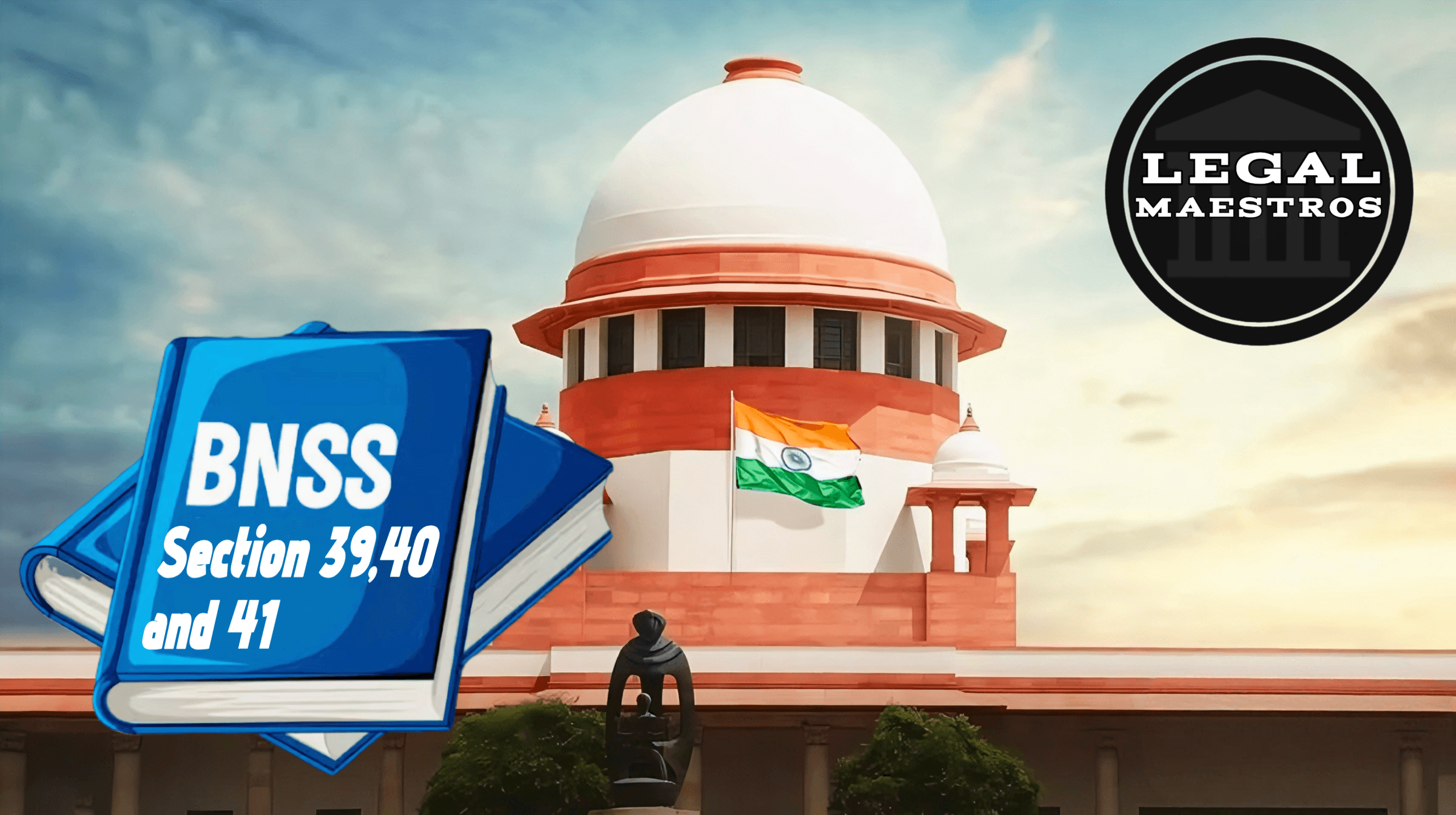
Section 39: Arrest on Refusal to Give Name and Residence
In circumstances where a person is accused of committing a non-cognizable offense in the presence of a law enforcement official yet refuses to reveal their name and domicile when questioned, Section 39 addresses the matter. This provision gives law enforcement agents the authority to make an arrest of the individual in question in order to determine their genuine identity.
A comprehension of Crime That Is Not Recognizable
If a person is suspected of committing a non-cognizable offence, the police are not permitted to make an arrest or initiate an inquiry without first receiving authorization from a Magistrate. These are typically less serious offenses, such as verbal abuse or public nuisance, and they are committed in public.
Making an arrest for refusing to provide identification
If a person commits or is accused of committing a non-cognizable offence in front of a police officer and then refuses to provide their name or address, or gives a false one, the police officer has the right to arrest them without further investigation. This is stated in Section 39(1). In accordance with this clause, the arrest is made solely for the purpose of determining the true identification of the individual.
For any queries or to publish an article or post or advertisement on our platform, do call at +91 6377460764 or email us at contact@legalmaestros.com.
Release Following the Verification of Identity
A person who has been arrested is required to be freed once the real name and residence of the individual have been verified, as stated in Section 39(2). A bond, however, must be signed by the individual, stating that they would come before a Judicial Magistrate if they are needed to do so. It is possible for the bond to be with or without sureties, depending on the circumstances.
In the event that the individual in question does not reside in India, the bond must be guaranteed by one or more sureties who are situated within the country. Because of this, it is guaranteed that there is a person in India who is accountable for the individual’s appearance in court.
The inability to identify within twenty-four hours
If the person’s identity is not established within twenty-four hours of the arrest, or if the person does not agree to sign the bond or give the appropriate sureties, then the person must be transported to the nearest Magistrate without any delay. This is made plain in Section 39(3) of the Criminal Code.
For any queries or to publish an article or post or advertisement on our platform, do call at +91 6377460764 or email us at contact@legalmaestros.com.
It is illustrated
Assume that a law enforcement officer witnesses Ramesh urinating in a public location, which is a violation that cannot be recognized by the public. Ramesh refused to answer the police’s question about his name and residence when the officer asked him for them. Due to the fact that the officer is unable to recognize Ramesh, he decides to arrest him in order to verify his identification. Subsequently, Ramesh is released from custody after he has presented legitimate documents and signed a bond.
Section 40: Arrest by Private Person and Procedure on Such Arrest
In circumstances where a person is accused of committing a non-cognizable offense in the presence of a law enforcement official yet refuses to reveal their name and domicile when questioned, Section 39 addresses the matter. This provision gives law enforcement agents the authority to make an arrest of the individual in question in order to determine their genuine identity.
A comprehension of Crime That Is Not Recognizable
If a person is suspected of committing a non-cognizable offence, the police are not permitted to make an arrest or initiate an inquiry without first receiving authorization from a Magistrate. These are typically less serious offenses, such as verbal abuse or public nuisance, and they are committed in public.
For any queries or to publish an article or post or advertisement on our platform, do call at +91 6377460764 or email us at contact@legalmaestros.com.
Making an arrest for refusing to provide identification
If a person commits or is accused of committing a non-cognizable offence in front of a police officer and then refuses to provide their name or address, or gives a false one, the police officer has the right to arrest them without further investigation. This is stated in Section 39(1). In accordance with this clause, the arrest is made solely for the purpose of determining the true identification of the individual.
Release Following the Verification of Identity
A person who has been arrested is required to be freed once the real name and residence of the individual have been verified, as stated in Section 39(2). A bond, however, must be signed by the individual, stating that they would come before a Judicial Magistrate if they are needed to do so. It is possible for the bond to be with or without sureties, depending on the circumstances.
In the event that the individual in question does not reside in India, the bond must be guaranteed by one or more sureties who are situated within the country. Because of this, it is guaranteed that there is a person in India who is accountable for the individual’s appearance in court.
For any queries or to publish an article or post or advertisement on our platform, do call at +91 6377460764 or email us at contact@legalmaestros.com.
The inability to identify within twenty-four hours
If the person’s identity is not established within twenty-four hours of the arrest, or if the person does not agree to sign the bond or give the appropriate sureties, then the person must be transported to the nearest Magistrate without any delay. This is made plain in Section 39(3) of the Criminal Code.
It is illustrated
Assume that a law enforcement officer witnesses Ramesh urinating in a public location, which is a violation that cannot be recognized by the public. Ramesh refused to answer the police’s question about his name and residence when the officer asked him for them. Due to the fact that the officer is unable to recognize Ramesh, he decides to arrest him in order to verify his identification. Subsequently, Ramesh is released from custody after he has presented legitimate documents and signed a bond.
Section 41: Arrest by Magistrate
In accordance with the provisions of Section 41, both Executive and Judicial Magistrates are granted the authority to make arrests or to order the arrest of another individual under specific circumstances.
For any queries or to publish an article or post or advertisement on our platform, do call at +91 6377460764 or email us at contact@legalmaestros.com.
Whenever an offense is committed in the presence of a magistrate, arrest is made.
In accordance with the provisions of Section 41(1), if any offense, regardless of whether it is cognizable or non-cognizable, is committed in the presence of a Magistrate and it falls within the Magistrate’s local jurisdiction, the Magistrate has the ability to either arrest the individual themselves or order someone else to do so. Once a person has been apprehended, the Magistrate has the authority to commit them to detention in accordance with the law and the requirements of bail.
It is essential that this item be included because it provides Magistrates with the authority to take quick action in the event that they observe a criminal act.
Anytime in the presence of the magistrate, arrest can be made.
This authority is expanded by Section 41(2), which states that a Magistrate can arrest or order the arrest of a person in their presence and within their local jurisdiction at any time, even if they did not witness the offence. This is provided that the Magistrate has the authority to issue a warrant for that person in the circumstances that are described in the section.
For any queries or to publish an article or post or advertisement on our platform, do call at +91 6377460764 or email us at contact@legalmaestros.com.
In situations when the Magistrate may be present during hearings or public encounters and observes a person who is disrupting the proceedings or disobeying court orders, this is especially helpful in the building where the court is located.
It is illustrated
Imagine that a person starts physically abusing another individual just outside of a courthouse, where the Magistrate is present and can see everything that is going on. Due to the fact that this offense takes place in the Magistrate’s presence and within his or her jurisdiction, the Magistrate has the authority to directly order the arrest of the perpetrator and to guarantee that they are taken into custody without delay.
On the other hand, if a person who is known to have a warrant against them arrives in the hallway of the courthouse, the Magistrate has the authority to arrest or authorize the arrest of that individual immediately, even if the offense was not committed at that precise moment.
For any queries or to publish an article or post or advertisement on our platform, do call at +91 6377460764 or email us at contact@legalmaestros.com.

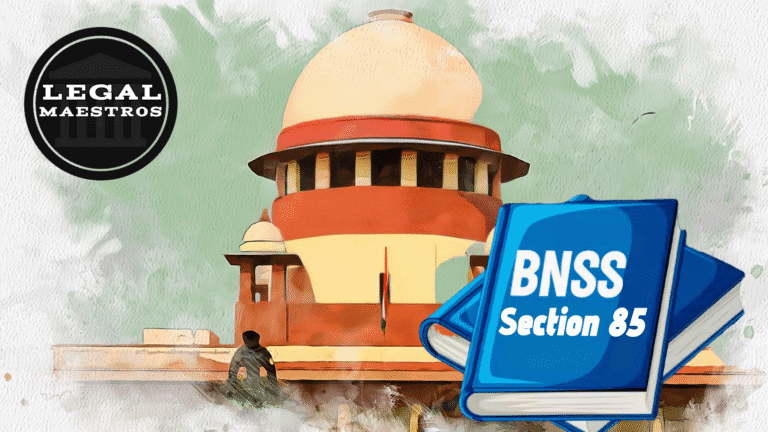
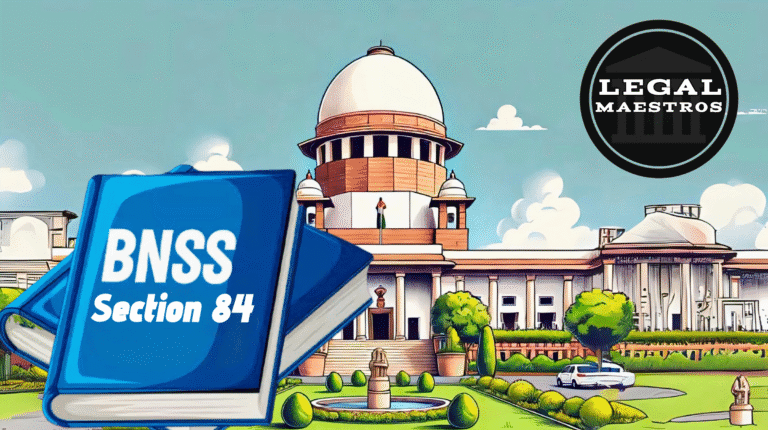
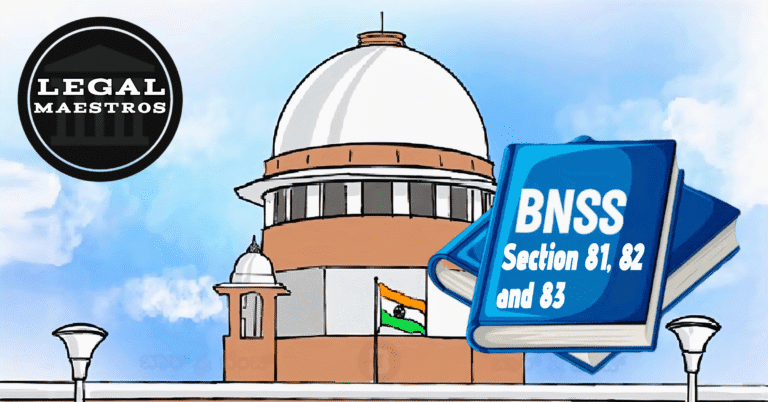
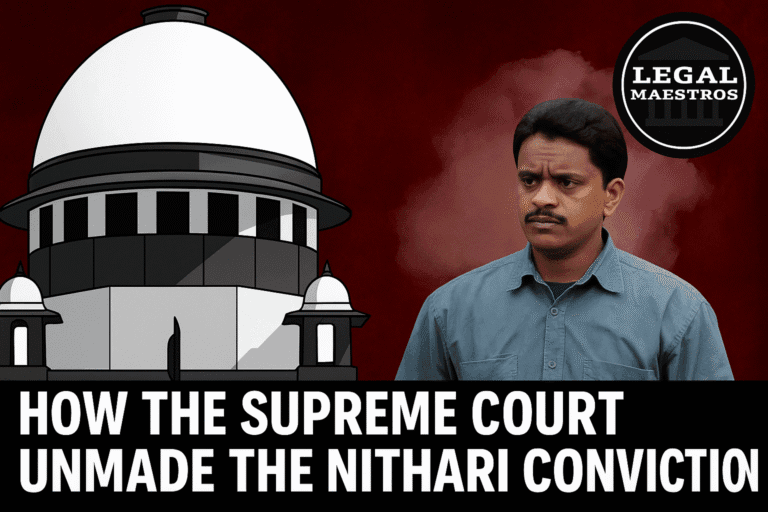
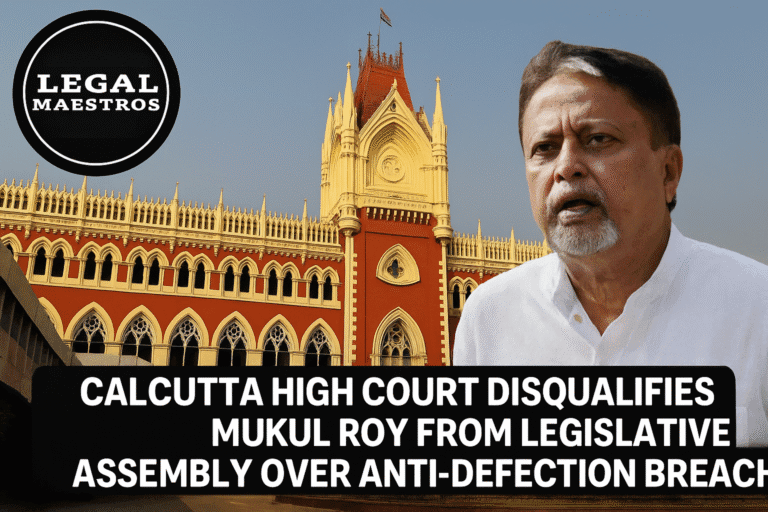
![Research Assistantship @ Sahibnoor Singh Sindhu, [Remote; Stipend of Rs. 7.5k; Dec 2025 & Jan 2026]: Apply by Nov 14, 2025!](https://legalmaestros.com/wp-content/uploads/2025/11/Gemini_Generated_Image_s0k4u6s0k4u6s0k4-768x707.png)
![Karanjawala & Co Hiring Freshers for Legal Counsel [Immediate Joining; Full Time Position in Delhi]: Apply Now!](https://legalmaestros.com/wp-content/uploads/2025/11/Gemini_Generated_Image_52f8mg52f8mg52f8-768x711.png)
1 thought on “Sections 39, 40 & 41 – Bharatiya Nagarik Suraksha Sanhita, 2023: Procedures for Arrest by Police, Private Persons, and Magistrates”